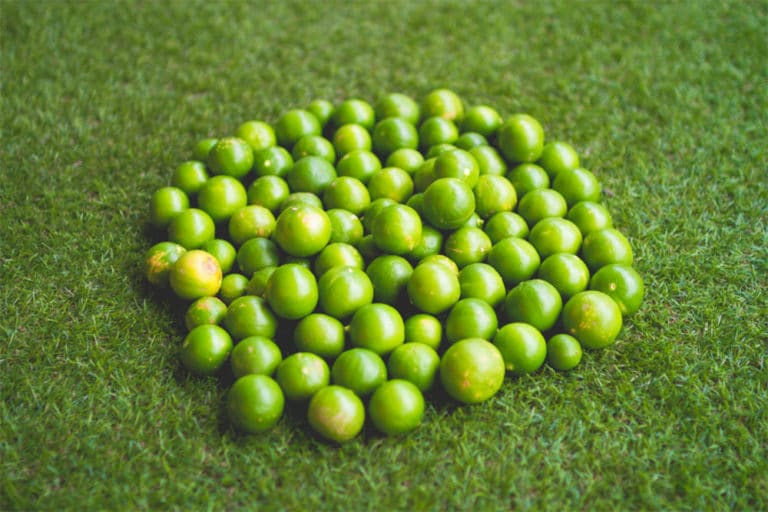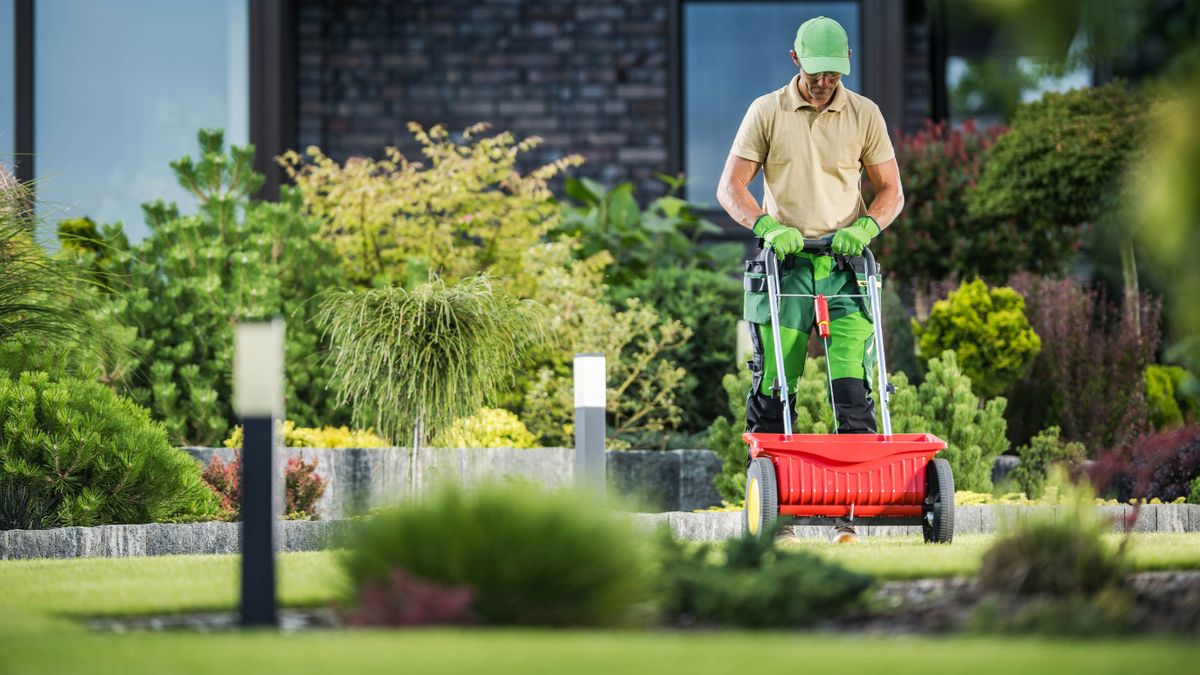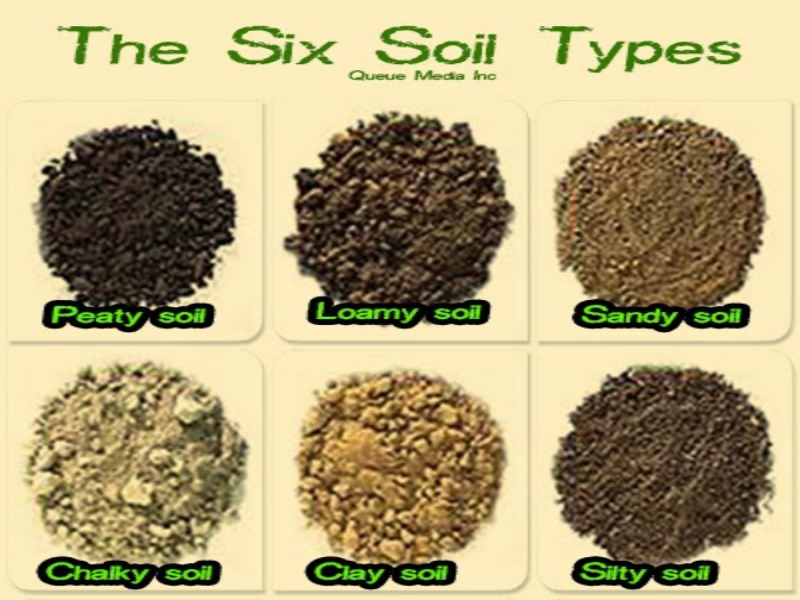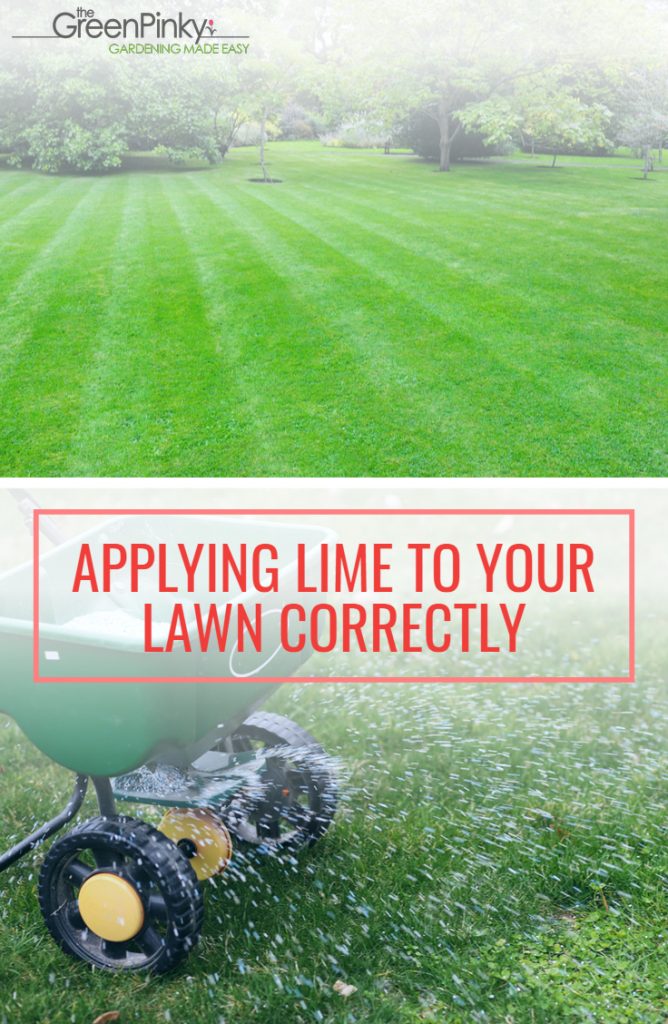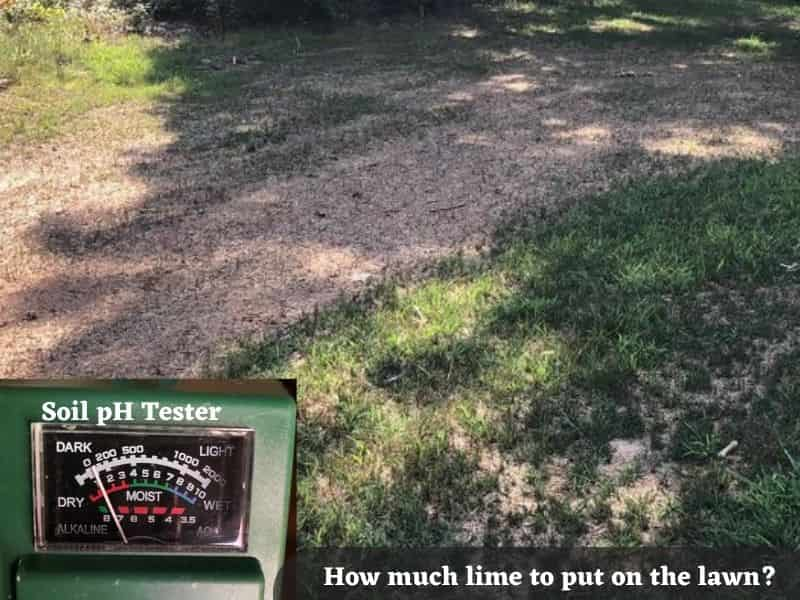Understanding the Role of Lime in Gardening
Lime is a crucial component in gardening, playing a vital role in maintaining optimal soil pH levels. When soil pH becomes too acidic, lime helps to neutralize it, creating a more favorable environment for plant growth. By adding lime to the soil, gardeners can provide essential calcium and magnesium for their plants, promoting healthy development and fruiting. However, it’s essential to use lime judiciously, as excessive application can lead to a range of problems. The question on many gardeners’ minds is, can you put too much lime in your garden? The answer is yes, and it’s crucial to understand the risks associated with over-liming.
Soil pH is a critical factor in determining the availability of nutrients for plants. When soil pH is too low, it can limit the uptake of essential nutrients, leading to stunted growth and reduced fruiting. Lime helps to raise the soil pH, making it more alkaline and allowing plants to access the necessary nutrients. However, if too much lime is added, the soil pH can become too high, leading to a range of problems, including nutrient deficiencies and plant toxicity.
In addition to its role in maintaining optimal soil pH, lime also provides essential calcium and magnesium for plants. These nutrients are vital for plant growth and development, and a deficiency can lead to a range of problems, including weak cell walls and reduced fruiting. By adding lime to the soil, gardeners can provide their plants with the necessary calcium and magnesium, promoting healthy growth and development.
While lime is an essential component in gardening, it’s crucial to use it judiciously. Over-liming can lead to a range of problems, including reduced soil fertility, increased soil erosion, and decreased plant growth. Gardeners must carefully consider the amount of lime they add to their soil, taking into account factors such as soil type, climate, and plant species. By using lime responsibly, gardeners can create a healthy and thriving garden, with optimal soil pH levels and essential nutrients for their plants.
The Dangers of Over-Liming: What Happens When You Add Too Much
While lime is an essential component in gardening, adding too much can have devastating consequences. Over-liming can lead to a range of problems, including reduced soil fertility, increased soil erosion, and decreased plant growth. When too much lime is added to the soil, it can raise the pH to levels that are toxic to plants, causing damage to roots, leaves, and stems.
One of the primary risks of over-liming is nutrient imbalance. When the soil pH becomes too high, it can limit the availability of essential nutrients, such as iron, zinc, and manganese. This can lead to deficiencies in plants, causing stunted growth, yellowing leaves, and reduced fruiting. Furthermore, over-liming can also lead to an overabundance of calcium and magnesium, which can cause an imbalance in the soil’s nutrient profile.
Another danger of over-liming is soil erosion. When the soil pH becomes too high, it can cause the soil particles to become dispersed, leading to increased erosion. This can result in the loss of topsoil, reduced soil fertility, and increased sedimentation in waterways. Additionally, over-liming can also lead to the leaching of nutrients, as the high pH can cause them to be washed out of the soil.
Plant toxicity is another significant risk of over-liming. When the soil pH becomes too high, it can cause plants to become stressed, leading to reduced growth, yellowing leaves, and increased susceptibility to disease. In severe cases, over-liming can even lead to plant death. It’s essential to monitor soil pH regularly and adjust lime application rates accordingly to avoid these problems.
So, can you put too much lime in your garden? The answer is yes, and it’s crucial to be aware of the risks associated with over-liming. By understanding the potential dangers of over-liming, gardeners can take steps to avoid these problems and create a healthy and thriving garden. Regular soil testing, careful lime application, and monitoring of soil pH can help to prevent over-liming and ensure optimal soil conditions for plant growth.
Signs You’ve Added Too Much Lime to Your Garden
If you’ve added too much lime to your garden, there are several signs that can indicate this. One of the most common signs is yellowing leaves. If your plants’ leaves are turning yellow or pale, it may be a sign that the soil pH is too high. Another sign is stunted growth. If your plants are not growing as quickly as they should be, or if they appear to be stunted, it could be a sign that the soil pH is too high.
Reduced fruiting is another sign that you’ve added too much lime to your garden. If your plants are not producing as much fruit as they should be, or if the fruit is not developing properly, it could be a sign that the soil pH is too high. Other signs of over-liming include leaf scorch, leaf drop, and reduced root growth.
If you suspect that you’ve added too much lime to your garden, there are several steps you can take to correct the problem. The first step is to stop adding lime to the soil. Next, you can try to lower the soil pH by adding elemental sulfur or aluminum sulfate. You can also try to leach the excess lime out of the soil by watering it heavily.
It’s also important to monitor your soil pH regularly to avoid over-liming in the future. You can purchase a soil testing kit or send a sample of your soil to a lab for analysis. By monitoring your soil pH, you can ensure that it remains within the optimal range for your plants.
Can you put too much lime in your garden? The answer is yes, and it’s essential to be aware of the signs of over-liming. By recognizing the signs of over-liming and taking corrective action, you can ensure that your garden remains healthy and thriving.
In addition to monitoring soil pH, it’s also essential to consider other factors that can affect soil pH, such as soil type, climate, and plant species. By taking a holistic approach to soil pH management, you can ensure that your garden remains healthy and productive.
How to Determine the Right Amount of Lime for Your Garden
Determining the right amount of lime for your garden is crucial to avoid over-liming and ensure optimal soil pH. The first step is to test your soil pH using a soil testing kit or by sending a sample to a lab for analysis. This will give you an idea of your soil’s current pH level and help you determine how much lime is needed to achieve the optimal pH range for your plants.
Once you have determined your soil’s pH level, you can calculate the amount of lime needed to achieve the optimal pH range. This can be done using a lime requirement calculator or by consulting with a gardening expert. It’s essential to consider factors like soil type, climate, and plant species when calculating lime requirements.
Soil type is a critical factor in determining lime requirements. Different soil types have varying levels of acidity and alkalinity, and some may require more or less lime to achieve the optimal pH range. For example, clay soils tend to be more alkaline and may require less lime, while sandy soils tend to be more acidic and may require more lime.
Climate is another important factor to consider when determining lime requirements. In areas with high rainfall, lime may need to be applied more frequently to maintain optimal soil pH. In areas with low rainfall, lime may need to be applied less frequently to avoid over-liming.
Plant species is also an essential factor to consider when determining lime requirements. Different plants have varying pH requirements, and some may require more or less lime to achieve optimal growth. For example, blueberries and azaleas require acidic soils and may require less lime, while vegetables and fruits require more alkaline soils and may require more lime.
By considering these factors and testing your soil pH regularly, you can determine the right amount of lime for your garden and avoid over-liming. Remember, can you put too much lime in your garden? The answer is yes, and it’s essential to be aware of the risks associated with over-liming.
The Best Practices for Applying Lime to Your Garden
Applying lime to your garden can be a bit tricky, but with the right techniques, you can ensure that your soil receives the necessary nutrients without over-liming. The first step is to choose the right type of lime for your garden. There are two main types of lime: dolomitic lime and calcitic lime. Dolomitic lime is a mixture of calcium and magnesium, while calcitic lime is primarily composed of calcium.
The next step is to determine the right application rate for your garden. This will depend on the type of soil, the pH level, and the type of plants you are growing. A general rule of thumb is to apply 1-2 pounds of lime per 100 square feet of garden space. However, this can vary depending on the specific needs of your garden.
Timing is also crucial when applying lime to your garden. The best time to apply lime is during the fall or early spring, when the soil is not too wet or too dry. This allows the lime to be incorporated into the soil more easily and reduces the risk of over-liming.
Incorporation methods are also important to consider when applying lime to your garden. The most common method is to spread the lime evenly over the garden surface and then incorporate it into the soil using a tiller or rake. This helps to distribute the lime evenly and prevents it from forming clumps.
It’s also important to follow recommended application rates and avoid over-application. Over-liming can lead to a range of problems, including reduced soil fertility, increased soil erosion, and decreased plant growth. By following the recommended application rates and taking the necessary precautions, you can ensure that your garden receives the necessary nutrients without over-liming.
Can you put too much lime in your garden? The answer is yes, and it’s essential to be aware of the risks associated with over-liming. By following the best practices for applying lime to your garden, you can avoid these risks and ensure a healthy and thriving garden.
Alternatives to Lime: Exploring Other Options for Soil pH Management
While lime is a popular choice for managing soil pH, it’s not the only option. There are several alternative soil amendments that can help to adjust soil pH and provide essential nutrients for plants. One such alternative is sulfur, which can help to lower soil pH and provide essential nutrients for plants.
Peat moss is another alternative to lime that can help to lower soil pH and improve soil structure. Peat moss is a natural, acidic substance that can help to balance out alkaline soils and provide essential nutrients for plants. However, it’s essential to note that peat moss can be expensive and may not be suitable for all types of gardens.
Compost is another alternative to lime that can help to improve soil pH and provide essential nutrients for plants. Compost is a natural, nutrient-rich substance that can help to balance out soil pH and provide essential nutrients for plants. However, it’s essential to note that compost can be time-consuming to make and may not be suitable for all types of gardens.
Other alternatives to lime include wood ash, bone meal, and alfalfa meal. Wood ash can help to raise soil pH and provide essential nutrients for plants, while bone meal and alfalfa meal can help to provide essential nutrients for plants and improve soil structure.
When choosing an alternative to lime, it’s essential to consider the specific needs of your garden. Different soil amendments have different effects on soil pH and nutrient availability, so it’s essential to choose the right one for your garden. Additionally, it’s essential to follow the recommended application rates and avoid over-application, as this can lead to negative effects on soil pH and plant growth.
Can you put too much lime in your garden? The answer is yes, and it’s essential to be aware of the risks associated with over-liming. By exploring alternative options for soil pH management, you can avoid these risks and ensure a healthy and thriving garden.
Common Mistakes to Avoid When Using Lime in Your Garden
When using lime in your garden, it’s essential to avoid common mistakes that can lead to over-liming and negative effects on soil pH and plant growth. One of the most common mistakes is over-application, which can lead to reduced soil fertility, increased soil erosion, and decreased plant growth.
Incorrect timing is another common mistake to avoid when using lime in your garden. Applying lime at the wrong time can lead to reduced effectiveness and increased risk of over-liming. For example, applying lime during the growing season can lead to nutrient imbalances and plant toxicity.
Failure to monitor soil pH is another common mistake to avoid when using lime in your garden. Soil pH can fluctuate over time, and failure to monitor it can lead to over-liming and negative effects on plant growth. Regular soil testing can help to ensure that soil pH remains within the optimal range for plant growth.
Not considering soil type and climate is another common mistake to avoid when using lime in your garden. Different soil types and climates require different lime application rates, and failure to consider these factors can lead to over-liming and negative effects on plant growth.
Not following recommended application rates is another common mistake to avoid when using lime in your garden. Over-application can lead to reduced soil fertility, increased soil erosion, and decreased plant growth. Following recommended application rates can help to ensure that lime is applied safely and effectively.
Can you put too much lime in your garden? The answer is yes, and it’s essential to be aware of the risks associated with over-liming. By avoiding common mistakes and following best practices, you can ensure a healthy and thriving garden.
Conclusion: Finding the Right Balance for a Healthy Garden
Finding the right balance when using lime in your garden is crucial to ensure a healthy and thriving garden. Over-liming can lead to reduced soil fertility, increased soil erosion, and decreased plant growth, while under-liming can lead to acidic soils and nutrient deficiencies.
By understanding the importance of lime in gardening, the risks of over-liming, and the best practices for applying lime, you can ensure that your garden receives the necessary nutrients for optimal growth. Regular soil testing, pH analysis, and calculation of lime requirements can help to determine the right amount of lime for your garden.
Additionally, considering factors like soil type, climate, and plant species can help to ensure that lime is applied safely and effectively. By avoiding common mistakes and following best practices, you can ensure a healthy and thriving garden.
Can you put too much lime in your garden? The answer is yes, and it’s essential to be aware of the risks associated with over-liming. By finding the right balance and following best practices, you can ensure a healthy and thriving garden.
In conclusion, using lime in your garden can be beneficial, but it’s essential to use it responsibly and follow best practices. By doing so, you can ensure a healthy and thriving garden that will provide you with years of enjoyment and beauty.




